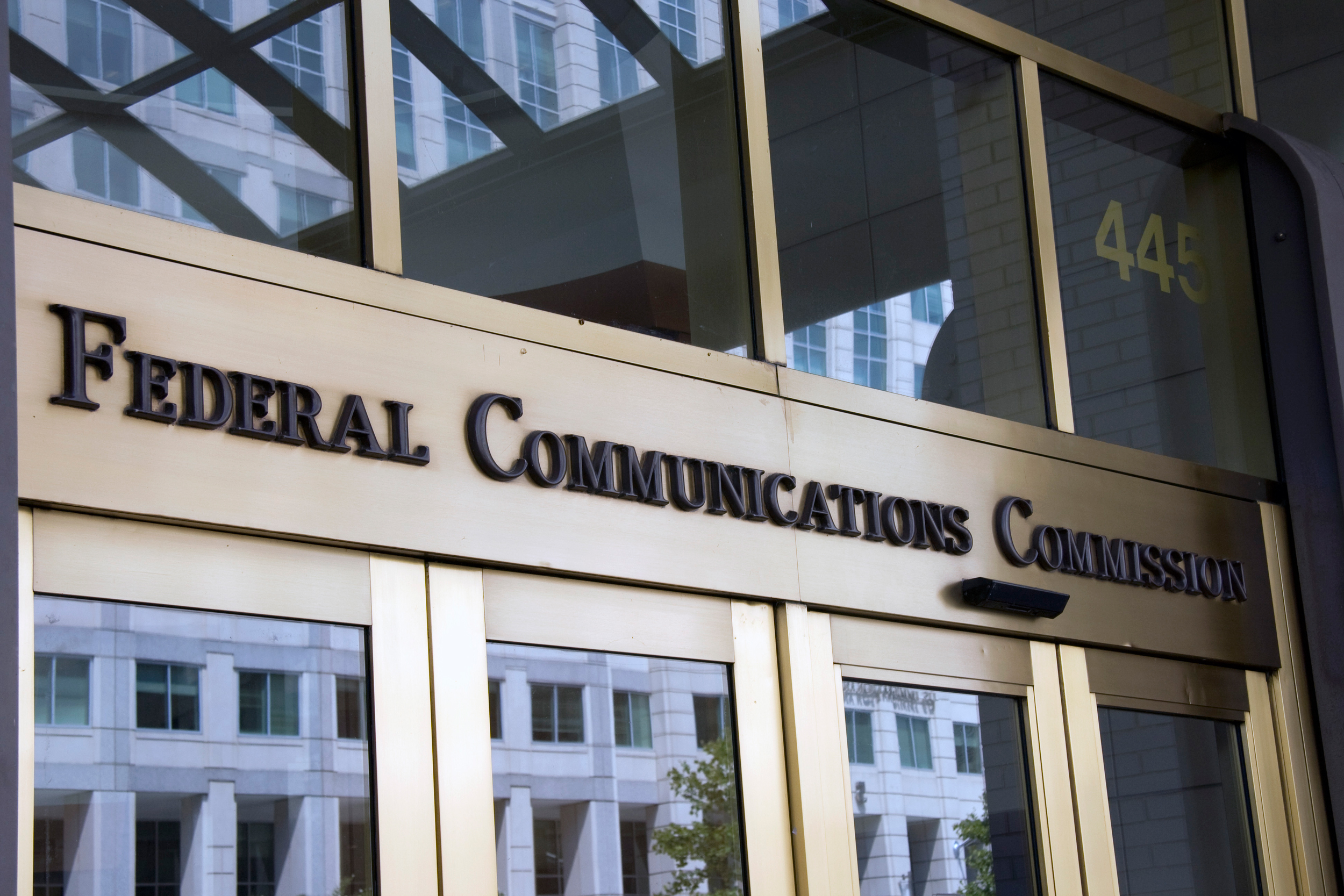FCC to Split up 5.9 GHZ

In a victory for cable broadband providers looking for more WiFi spectrum, the FCC has decided to free up the majority of the 5.9 GHz band for unlicensed uses.
The FCC had initially proposed and tested the idea of sharing unlicensed spectrum with the incumbent vehicle-to-vehicle (V2V) technologies, but chairman Ajit Pai said he had shifted gears and will propose at the Dec. 12 meeting a sort of divide and innovate approach.
Pai proposes allocating the lower 45 MHz of the band for WiFi, cable’s principal mobile broadband play, and the other 30 MHz to V2V, 20 MHz of which would go immediately to the new Cellular Vehicle to Everything (C-V2X). The FCC will seek comment on whether to give C-V2X the other 10 MHz or allocate it to the DSRC intelligent vehicle communications technology, which many say is outmoded.
Cable operators have long argued the band could be shared, while car companies honked loudly at the prospect of sharing, fearing an interference potential with connected cars that could cost lives.
Pai has chosen a middle road that he says will benefit both sides. NCTAthe Internet & Television Association sounded like it agreed, as did V2V fans.
"The chairman’s proposal will enable the fastest Gigabit WiFi speeds in America, ensuring that WiFi can keep pace with growing consumer demand and the deployment of next-generation wireless broadband technologies,” NCTA president and CEO Michael Powell said.
Broadcasting & Cable Newsletter
The smarter way to stay on top of broadcasting and cable industry. Sign up below
Contributing editor John Eggerton has been an editor and/or writer on media regulation, legislation and policy for over four decades, including covering the FCC, FTC, Congress, the major media trade associations, and the federal courts. In addition to Multichannel News and Broadcasting + Cable, his work has appeared in Radio World, TV Technology, TV Fax, This Week in Consumer Electronics, Variety and the Encyclopedia Britannica.










